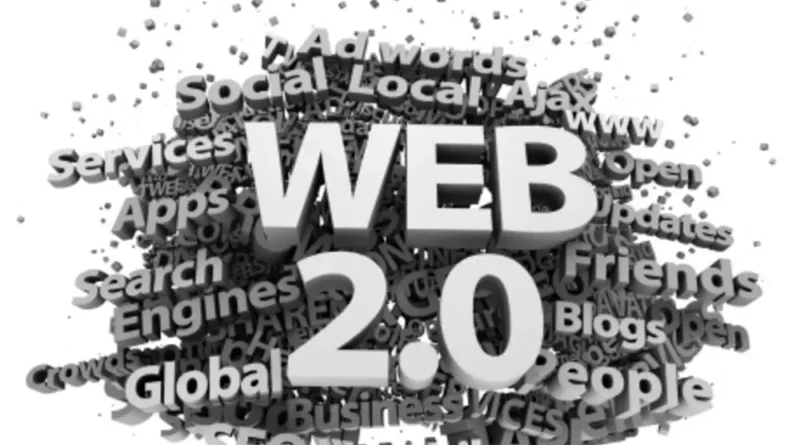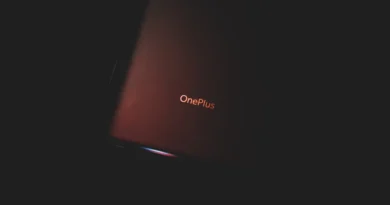What is Web 2.0? The Present
As we had previously discussed in detail about Web 1.0, we would now be moving forward to the future and to the other side of the bridge that Web 1.0 had created for us. Web 2.0. Let’s see what is web 2.0. To define Web 2.0 can be classified as the second stage of the development process from Web 1.0 from static web pages to dynamically produced content and the growth of the revolutionary form of the internet, social media.
Frankly understanding, there’s no new level to this, Web 2.0 just refers to the shift from how we used to use the internet to how it’s used now in the 21st Century. With the shift, we have understood and considered Web 1.0 to be more interactive among the participants rather than just being passive users and just consuming information rather than having opinions and different perspectives on things.
Through this article, let’s understand the various factors that have come into consideration along with Web 2.0, the impact it has made, and how it’s currently working.
Also Read: What is Web 1.0? The Past
The Impact of Web 2.0
The term Web 2.0 was first used in the year 1999 as the Internet started actively changing directions to the applied torque of interacting with the users. Now, users were encouraged and given access to create their content or share their views and perspectives on various things. Possibilities such as commenting under articles, or type out their articles, or sharing information were made possible which was a huge shift from the passive usage of the Internet that was done in Web 1.0.
Along with the shift to Web 2.0 came the generation of independent publishing platforms such as WordPress and the most revolutionary thing humanity has faced so far in terms of displaying one’s opinions and thoughts: Social Media sites.
Social media sites such as Twitter, Instagram, Facebook, and many more are prime examples of the shift to Web 2.0. These sites and applications allow users to interact with other users through various means such as a direct message or commenting on a post or through various posts that you can now post yourself as well.
Although a lot of the impact has been rather positive, there have been some levels of disadvantages that have occurred because of Web 2.0. The internet can be a weird place after all, as social media sites have expanded over the years there has been a significant incline in the number of crimes whether it be cybercrime or general crimes. A good handful of examples include stalking, identity theft, doxing, cyberbullying, fraud and others as well. Sources of misinformation have also been increased and cause unnecessary panic among the elderly who get tricked into believing such misguided stuff.
How Different is Web 2.0 from Web 1.0?
In terms of difference, there are some significant amount of differences that are between the two versions. The prime one includes passive and active user functionality. Web 1.0 generally has a linear format of information whereas Web 2.0 is an open-source service that has dynamic pages and a non-linear format of information. The concept of APIs for self-use was introduced as a part of Web 2.0. Web 1.0 did not support any form of visual media or images whereas Web 2.0 requires a significant amount of media involvement to attain the user’s attention. Advertisements were generally banned on Web 1.0 whereas, in Web 2.0, one of the main sources through which revenue is generated on a website is through various types of advertisements. Some primary examples of Web 1.0 include Sladshot and Craigslist whereas examples of Web 2.0 can include numerous amount of social media representations to share and express one’s opinions and can create a whole debate about a certain topic which can be positive or negative depending on the knowledge that is imparted rather than one person spamming, trolling or has excessive usage of hate speech or symbols.
Conclusion – What is Web 2.0?
With the introduction of Web 2.0, humans have once again put forth their primary objective and that is to let everyone have their voices and opinions and are valued and subjected to them. Although some users do use it for more bad than good, with the help of social media various events that wouldn’t have happened, the ones which needed attention were brought forth to spotlights and were handled and taken care of by having inclusivity. With this, hope that it answered all your questions and queries regarding Web 2.0 and in the next part we would be discussing Web 3.0.




